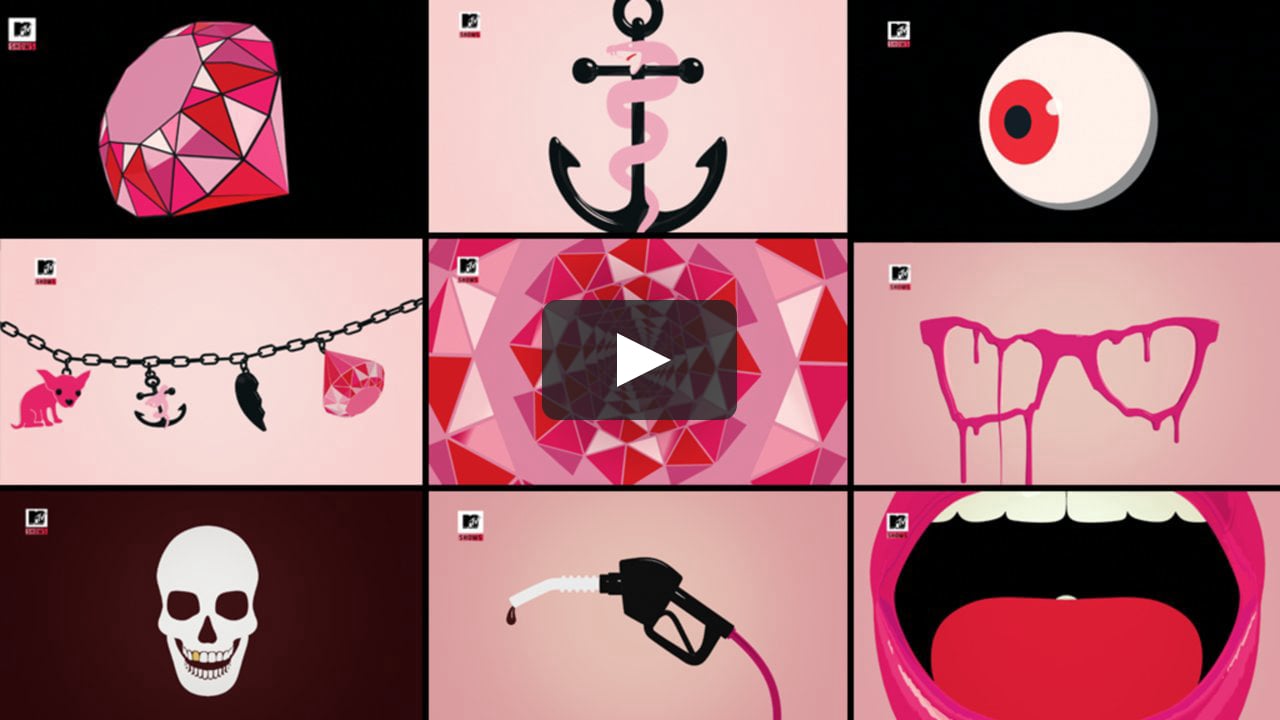My personal career goal is to become a writer for movies and television, but honestly, I’ll settle for anything visual media related. This is what inspired my ideas for my second digital media-based project. For my remix project, I’ve deceived to create a compilation video using clips from television shows, movies and interviews focused on African-American characters/actors. The purpose of this video would be to educate viewers on the topic of African-American hair and the stereotypes and controversy surrounding it. After the discussion and activity from yesterday’s class, I begin to think about how effective my project will be.
My first thought was on how well my project would circulate online. According to Henry Jenkins, Joshua Green, and Sam Ford in their piece, Why Media Spreads, circulation is “…where a mix of top-down and bottom-up forces determine how material is shared across and among cultures in far more participatory (and messier) ways.” (1). What this means is who shares the content and how it is shared. I think most compilation videos would fall under the “top-down” circulation category. For the most part, the compilation videos found on YouTube are usually a jumble of different funny videos uploaded by a user to be enjoyed by their subscribers. A good example of this would be the many Try Not To Laugh Challenge compilations. These videos are usually people and animals experiencing epic fails or clumsy mishaps that make viewers laugh, but the entrainment quality it has can be credited to the name. The goal when watching these videos is to try not to laugh even though most of the clips are hilarious.
Secondly, I thought about the delivery of my remix project. How will I be able to get my message across in the most efficient and effective way? In James Porter’s Recovering Delivery for Digital Rhetoric, he states that delivery is, “…the oral/aural and bodily aspects of an oral speech or performance…[and] consists of body/identity, distribution/circulation, access/accessibility, interaction, and economics” (207-208). Like mentioned earlier on, most compilation videos are originality uploaded to YouTube and from there are shared on different social media platforms like Facebook and Instagram. This means that the visuals are a huge part of the delivery. As someone who studies film and media, I’m aware that movies can, in a way, be considered compilation videos. Films are essentially a bunch of different shots edited together to make one long video. However, what makes it visual pleasing is the way in which it is put together and how the visuals in each shot are harmonized. I know that the way in which I edited my project will be important to it’s delivery. The clips I chose need to flow together, the audio needs be clear enough to hear and not contrasting from the previous, etc.
Lastly, I pondered the spreadability of my compilation video. Porter describes spreadability as “the potential – both technical and cultural – for audiences to share content for their own purposes” (3). I believe that, based on the topic and message I’m trying to get across, my compilation video has great potential for spreadability. One example of how audiences can use my creation for their own purposes is as a reference for their own creations. As mentioned in Kes’ post, beauty YouTubers are mostly white females, but there is still diversity among them. I for one, subscribe to many natural hair vloggers who upload videos of themselves styling and braiding their natural hair. Perhaps someone like that would be interested in sharing my video or repurposing it so that it fits into their content as well.
Overall, I am confident in my idea for my remix project and have found some great clips I can’t wait to complete the editing process so that I can see how it all looks together. My biggest concern right now is how well the transitions I have in mind will work and how they’ll affect the delivery of the project.
Word Count: 656
Work Cited:
Jenkins, Henry, et. al. “Why Media Spreads.” Spreadable Media: Creating Value and Meaning in a Networked Culture. New York University Press, 2018.
Porter, James E. “Recovering Delivery for Digital Rhetoric.” Computers and Composition, 2009, p. 207-224.
